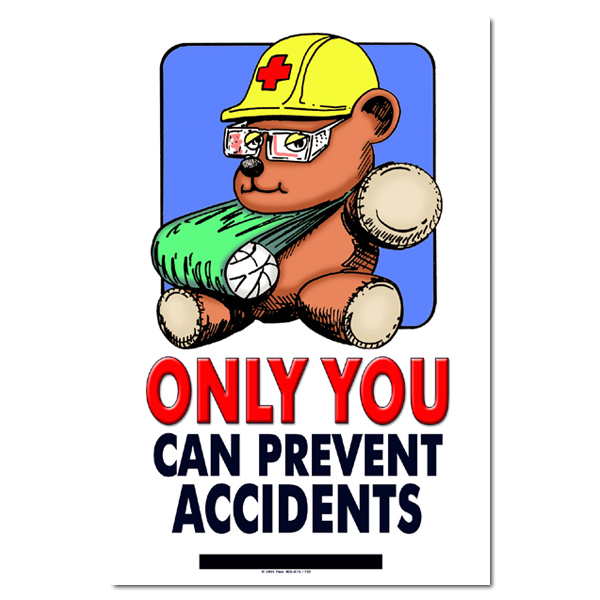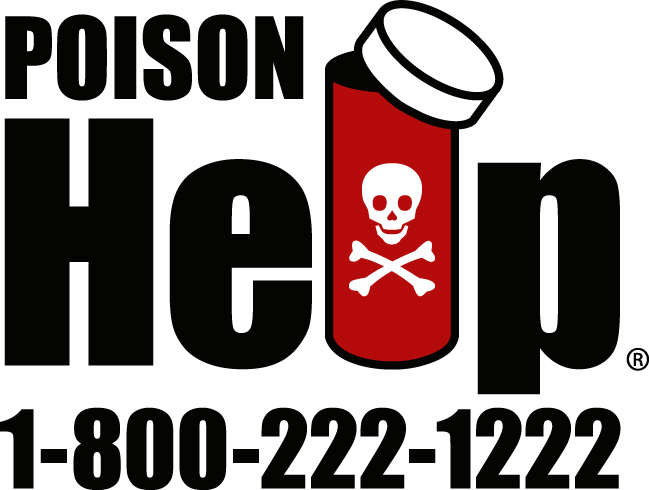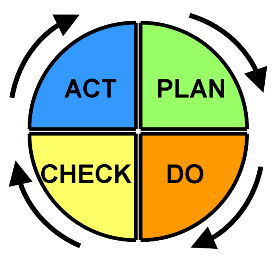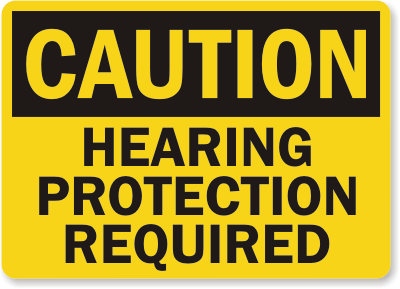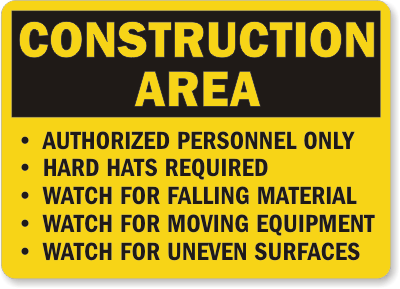 People in the U.S. are living longer than ever before. Many seniors live active and healthy lives. But there’s no getting around one thing: as we age, our bodies and minds change. There are things you can do to stay healthy and active as you age:
People in the U.S. are living longer than ever before. Many seniors live active and healthy lives. But there’s no getting around one thing: as we age, our bodies and minds change. There are things you can do to stay healthy and active as you age:
- Eat a balanced diet
- Keep your mind and body active
- Don’t smoke
- Get regular checkups
- Practice safety habits

